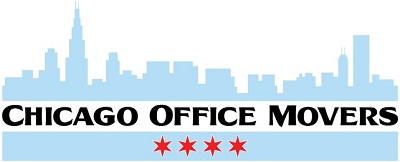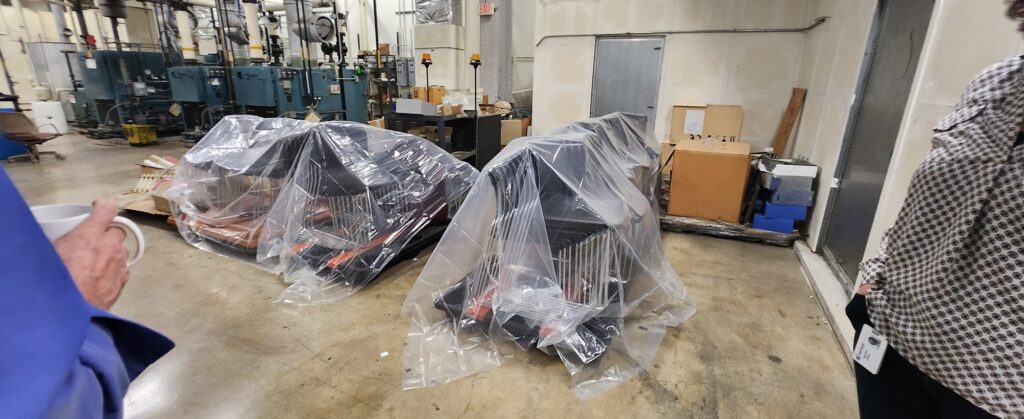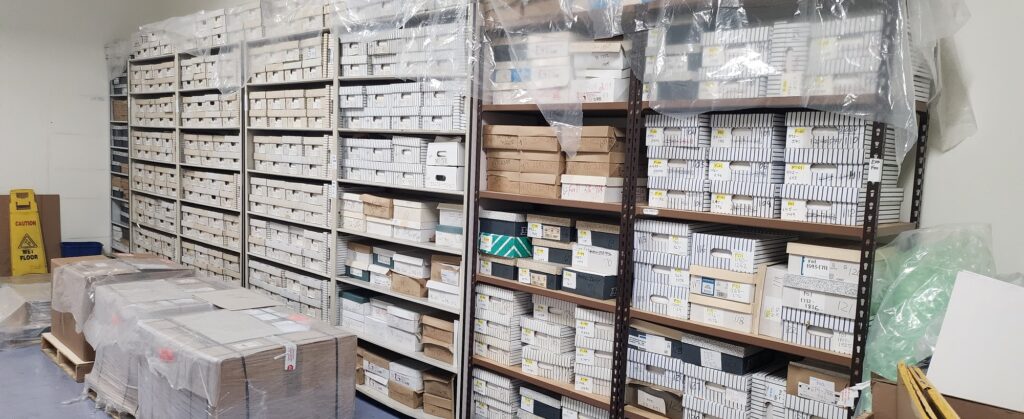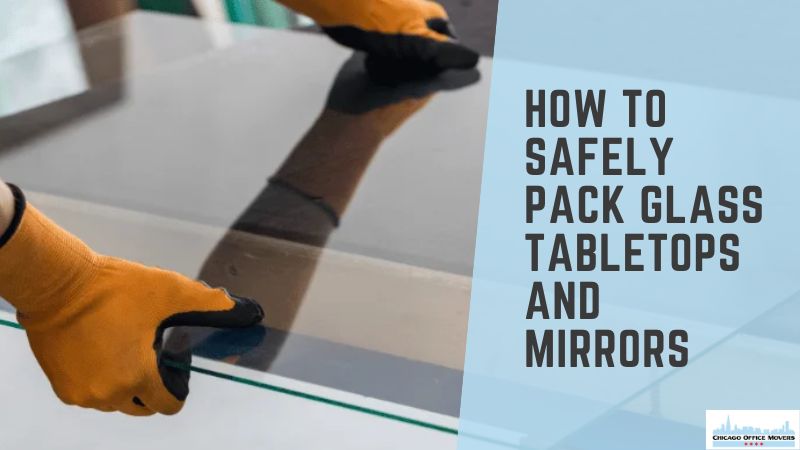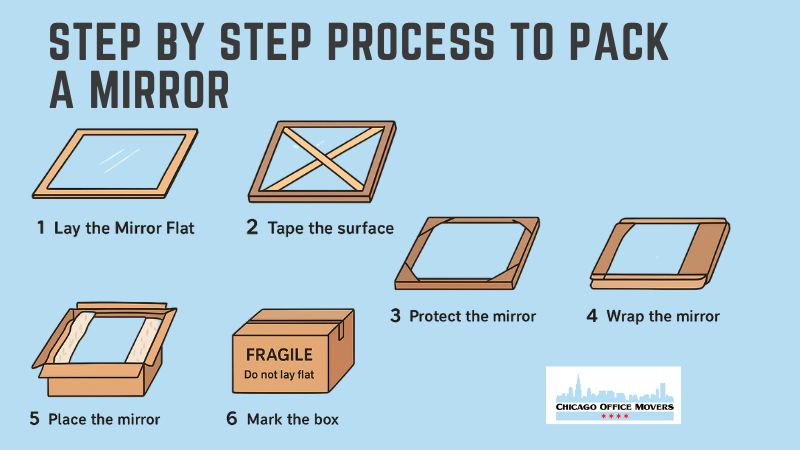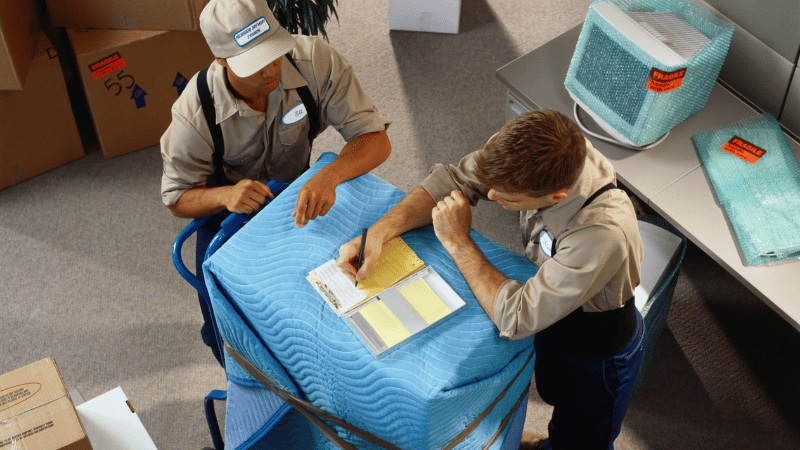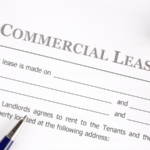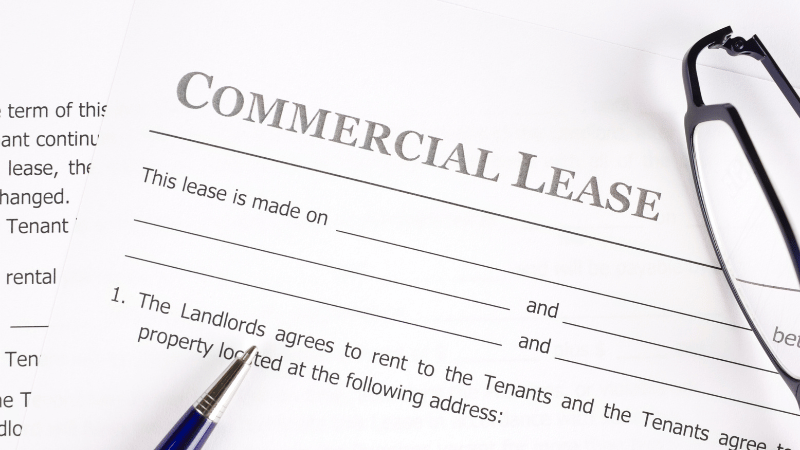
Top Amenities Employees Want in the Office
Top Amenities Employees Want in the Office
Written by Chicago Office Movers on . Posted in Corporate Relocation, Office Moving

Enhancing morale and improving productivity are two important reasons to add desirable amenities to the workplace. But it’s crucial to find amenities that truly promote wellness rather than distract employees. Here are the top amenities staff want in the office.
Most offices are equipped with standard desks and chairs. These basics allow employees to perform their tasks. While standard equipment is necessary, offices that go above and beyond with extras, like snacks, a gym, pet-friendly areas, or optimum lighting, improve their staff’s overall work experience.
The best amenities not only improve employees’ physical comfort but create an enjoyable workspace. The management shows they genuinely care about the well-being of their team. As a result, employees are happier, more productive and motivated to carry out the company’s vision.
What are the top amenities office employees want?
1. Physical Amenities
Desirable amenities focus on improving certain aspects of employees’ work life. Amenities that promote physical well-being include ergonomic chairs and desks or an onsite gym where staff can exercise to stay fit. Amenities like these are designed to keep staff physically healthy.
In addition to ergonomic furniture that prevents issues from sitting for prolong periods, physical comfort amenities include healthy snacks in the break room or cafeteria. Personal lockers are also included in this category, as they help keep employees’ valuables safe and organized.
Onsite health services are another top amenity employees seek in an office. Easy access to screenings and wellness programs helps staff detect health issues early on. By contributing to their physical wellness, onsite health programs prevent workers from getting sick and taking time off.

2. Emotional Amenities
Natural lighting is known for its mood-enhancing effects. Employees desire natural lighting for its numerous health benefits, such as reduced eye strain, fewer headaches, and less drowsiness. Staff make less mistakes, too, when they work in spaces with ample natural lighting.
Wellness rooms are likewise highly coveted. When ridden with stress or anxiety, staff have the opportunity to escape from the office chaos and into a wellness room for much-needed relaxation. The wellness room provides a calm, quiet environment and a break from the hustle and bustle.
3. Convenient Amenities
Working parents especially value office amenities that deliver convenience. With onsite childcare, staff are free to invest in work projects, knowing their children are nearby, safe, and cared for. Employees who take advantage of this amenity show increased productivity and less stress.
A shuttle or transportation service to and from a public rail or bus station makes a major difference in the satisfaction of employees who utilize public transportation. Not only does a shuttle service improve punctuality, but it adds a cost-savings measure for parking-related expenses.
Furthermore, a company that offers a shuttle service showcases their commitment to environmental sustainability, a major attraction for highly skilled talent. By reducing the number of cars on the road with a reliable transportation service, the company lowers their carbon footprint.
A furry friend is an instant mood-booster, reducing stress, anxiety, and depression. Employees who are allowed to bring their pets to the workplace continue experiencing their uplifted mood while engaged in projects. Pet-friendly zones at work are appreciated by pet owners.
4. Social Amenities
Connecting with colleagues is equally important for employee satisfaction at work. Opportunities for connection happen when companies designate spaces that encourage teamwork and collaboration. Collaborative workspaces and areas where employees can gather are two examples of highly sought-after social amenities.
By providing a place for colleagues to unwind or take breaks, companies foster a positive workplace environment where increased teamwork and engagement are the norm. Collaborative areas also allow for better problem-solving, information sharing, and trust-building. A sense of belonging develops among the team.
5. Technology Amenities
Today’s fast-paced companies rely heavily on technology. It’s no surprise employees value it, too. The latest technology empowers team members and allows them to communicate and collaborate no matter where they are located, whether onsite or working remotely. Improved data security is an additional benefit.
Work processes are streamlined with advanced technology. Automation tools, for instance, prevent staff from engaging in repetitive tasks while also reducing human error, saving the company time and money. Streamlined workflow processes provide greater flexibility and improve the staff’s quality of work.
Favored amenities increase employee satisfaction and retention. Companies that provide desirable amenities show that they are committed to promoting the well-being of their office staff. Plus, by adding top amenities, companies enhance their corporate reputation and attract highly talented workforces.
Drawing prospective talent and ensuring the satisfaction of existing ones are key reasons companies are urged to include the most desirable amenities in their office. Companies that experience space limitations, such as when adding a gym, might consider relocating to a larger office.
Professional Commercial Movers
When your company is looking to move to greener pastures, you’ll need a reliable commercial mover on your side. Chicago Office Movers is equipped with the dedicated moving crews, equipment, and experience to ensure your corporate relocation is as seamless as possible.
Our move counselors are available to help you plan your office relocation from start to finish. Moving crews can pack and unpack your office goods. Our movers are background-checked, licensed, and trained—so you can be assured that your valuables are in secure hands.
We offer several conveniences to add ease to your move. Short- and long-term storage options are available in our secure facilities. Movers are experienced in safely relocating a wide range of office goods, such as bulky furniture, sensitive IT systems, fragile electronics, and cubicles.
Your goods are loaded into our climate-controlled moving trucks featuring lift gates and air-ride suspensions to add a further layer of protection to your office items. Our corporate customers receive up-to-date tracking information, whether their goods are in our storage facility or trucks.
Give your employees the amenities they deserve. Relocate locally, long-distance, or internationally with the help of Chicago Office Movers. We’re among the most trusted office moving companies in Chicagoland. Call our Elk Grove Village, Illinois, office today to receive a free estimate.
Contact Us
Related Services
- Corporate Moving
- Commercial Moving
- Reliable Commercial Storage
- Specialty Commercial Moving
- Furniture Assembly
- Movers for Office Renovation
- Machinery Moving
- Library Moving
- Lab Moving
- Server Room Moving
- Office Movers in Rosemont, IL
- Commercial Moving in Bolingbrook, IL
- Commercial Movers in Naperville, IL
- Commercial Movers in Des Plaines, IL
- Commercial Moving Services in Aurora, IL
- Schaumburg Office Movers
- Commercial Moving Services in Oakbrook, IL
- Commercial Movers in The North Shore
- Commercial & Office Moving Services Deerfield, IL
- Commercial & Office Movers in Hinsdale, IL
- Elk Grove Village Commercial Movers
- Furniture, Fixtures and Equipment Services
- Commercial Mover in Lincolnshire, IL
- Office Packers in Lincolnshire, IL
- Office Decommissioning in Lincolnshire, IL
- Professional Movers in Downers Grove, IL
- Moving Company in Chicago, IL

